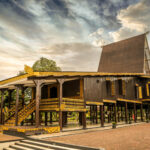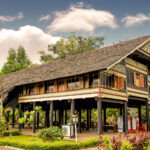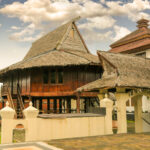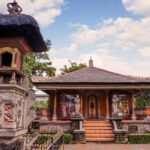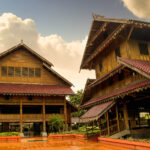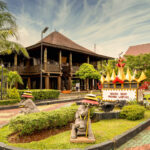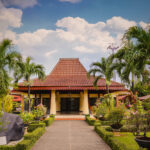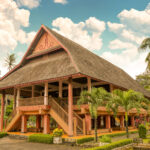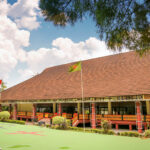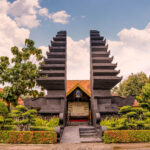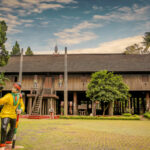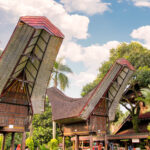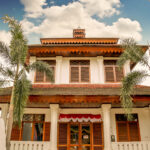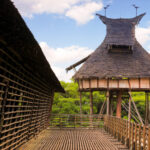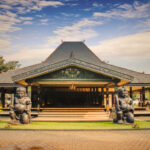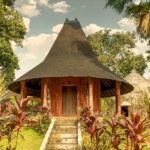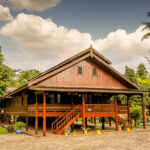Selamat datang!
Jakarta, a metropolis known for skyscrapers and urban lights, serves as a magnet for migrants from all corners of Indonesia. Originating from a trading post named Sunda Kepala at the mouth of the Ciliwung River, this city serves as the gateway to a myriad of ethnic and cultural diversities. Consequently, it gives rise to the Betawi community with individuals from diverse backgrounds and ethnicities.
On July 22, 1527, from Sunda Kelapa, the name transformed into Jayakarta, commemorating the birth of the city of Jakarta. This event symbolizes the triumph over Portuguese colonization, liberated by Fatahillah. Jayakarta later evolved into Batavia during Dutch rule, which shaped Jakarta’s urban infrastructure with the establishment of the Old Town as the administrative center. Post-independence proclamation, it officially became Jakarta and continues as such to this day.
This pavilion, serving as a window into the history of Jakarta over the years, stands as a tourist attraction that is disability-friendly. Among its highlights is the traditional Betawi house, which showcases the finesse of traditional architecture. The Kebaya and Joglo houses extend invitations to visitors, immersing them in the vibrant world of Betawi’s traditional arts and culture. Distinctive Betawi spaces like paseban, pangkeng, pendaringan, and srodoyan/kitchen provide an authentic ambiance.
The Blandongan Building serves as a stage for the cultural arts of Betawi, embodying a nuanced blend of both contemporary and traditional elements. Additionally, there is a main exhibition space featuring a structure adorned with Monas-inspired chalice ornaments, adding to its allure. Upon entering the first floor, visitors are greeted by a pair of 4-meter tall ondel-ondel figures, positioned in front of the entrance, which serve as gatekeepers to information about the cultural heritage of Jakarta and a map of museums across DKI Jakarta. Among the exhibits are dioramas depicting European ships in Sunda Kelapa and traditional Betawi attire, such as the sadariah and krancang worn as everyday clothing, formal attire like jung serong and encim, the iconic abang and none Jakarta, and even Betawi bridal attire like care haji and care China.
DID YOU KNOW?
Jakarta is renowned for Tanah Abang Market, the largest wholesale center in Southeast Asia, where goods are offered at significantly reduced prices. Interestingly, when it was first built in 1735, this market only opened on Saturdays. Centuries later, Tanah Abang Market has evolved into a modern market with around 10,000 stalls.


